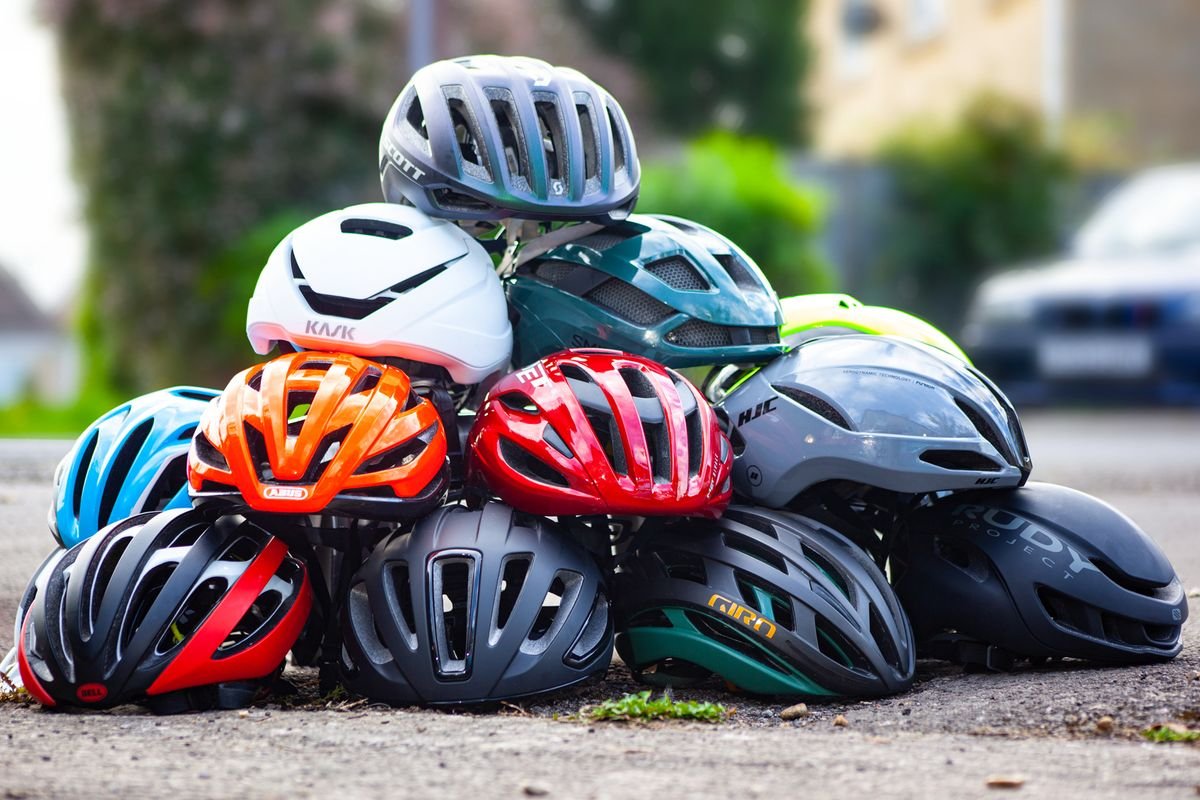The Ultimate Guide to Bike Helmets: Safety, Style, and Selection

Biking is an exhilarating way to explore the outdoors, improve fitness, and commute. However, safety should always be a top priority for cyclists. One of the most critical pieces of safety equipment is the bike helmet. This guide will delve into the importance of bike helmets, the different types available, how to choose the right one, and tips for proper usage.
Why Wear a Bike Helmet?
1. Protecting Your Head
The primary purpose of a bike helmet is to protect your head in case of an accident. According to studies, wearing a helmet can reduce the risk of head injury by 70% and the risk of brain injury by 85%. In the event of a fall or collision, a helmet absorbs impact and minimizes the risk of serious injury.
2. Legal Requirements
In many places, wearing a bike helmet is not just a safety recommendation but a legal requirement, especially for children. Familiarize yourself with local laws regarding helmet use to ensure compliance and promote safety.
3. Encouraging Safe Riding Habits
Wearing a helmet fosters a culture of safety among cyclists. When riders prioritize safety, it encourages others to do the same, leading to a more responsible biking community.
Types of Bike Helmets
1. Road Helmets
Designed for road cycling, these helmets are lightweight, aerodynamic, and have numerous vents for airflow. They often feature a sleek design to reduce drag during high-speed rides.
Pros:
- Lightweight and comfortable
- Excellent ventilation
Cons:
- Less protection for the back of the head compared to other types
2. Mountain Bike Helmets
Mountain bike helmets typically provide more coverage at the back and sides of the head, offering added protection for off-road riders. They often come with a visor to shield the eyes from the sun and debris.
Pros:
- Enhanced protection for rugged terrain
- Visors provide additional sun and debris protection
Cons:
- Heavier than road helmets
3. Commuter Helmets
Designed for urban riders, commuter helmets often feature additional features like built-in lights or reflective materials for increased visibility. They prioritize comfort and style, making them suitable for everyday use.
Pros:
- Practical and stylish
- Often include features for urban commuting
Cons:
- May not have the same ventilation as road helmets
4. Kids’ Helmets
Children’s helmets are designed specifically for smaller heads and often come in fun colors and designs. They should meet the same safety standards as adult helmets.
Pros:
- Designed for safety and comfort for kids
- Available in various styles and designs
Cons:
- Parents must ensure proper fit as children grow
5. Full-Face Helmets
Used primarily for downhill mountain biking or BMX, full-face helmets offer maximum protection by covering the entire head and face. They are heavier and provide less ventilation but are essential for high-risk activities.
Pros:
- Maximum protection for extreme sports
- Ideal for downhill biking and BMX
Cons:
- Heavy and less breathable
How to Choose the Right Bike Helmet
1. Fit is Key
A properly fitting helmet is crucial for safety. It should sit level on your head, not tilted back or forward. The straps should form a “V” under your ears, and the chin strap should be snug but comfortable.
2. Safety Certifications
Look for helmets that meet safety standards set by organizations like the Consumer Product Safety Commission (CPSC) in the U.S. or the European Committee for Standardization (CE). These certifications ensure that the helmet has passed rigorous testing for impact protection.
3. Ventilation
Consider how often you’ll be biking in hot weather. Helmets with ample ventilation will keep you cooler during rides. Look for models with numerous vents or internal channels for airflow.
4. Weight and Style
Choose a helmet that feels comfortable on your head and suits your biking style. Lightweight helmets are more comfortable for long rides, while stylish designs may encourage more frequent use.
Tips for Proper Helmet Use
1. Wear It Every Time
Make it a habit to wear your helmet every time you ride, regardless of the distance or conditions. Many accidents happen close to home, and consistent use is key to safety.
2. Inspect Your Helmet Regularly
Check your helmet for any signs of damage or wear, such as cracks or frayed straps. If it has been involved in an accident, replace it immediately, even if it appears undamaged.
3. Replace After a Crash
Even if the helmet looks fine after a crash, the internal structure may be compromised. It’s best to replace it to ensure maximum protection in future rides.
4. Store Properly
Store your helmet in a cool, dry place away from direct sunlight. Avoid placing heavy objects on top of it, as this can damage the shell.
Conclusion
Bike helmets are an essential safety component for cyclists of all ages and skill levels. By understanding the different types available, how to choose the right one, and the importance of proper usage, you can significantly reduce the risk of head injuries while enjoying your rides. Prioritizing safety not only protects you but also sets a positive example for fellow cyclists. So gear up, buckle in, and ride safe!



